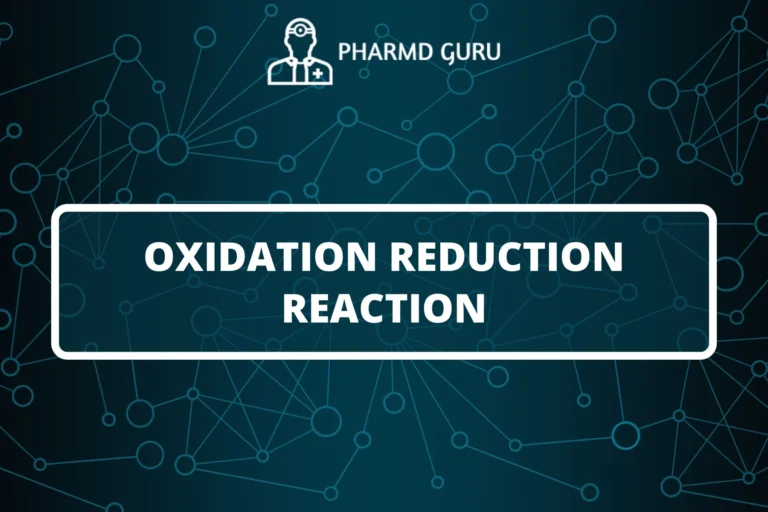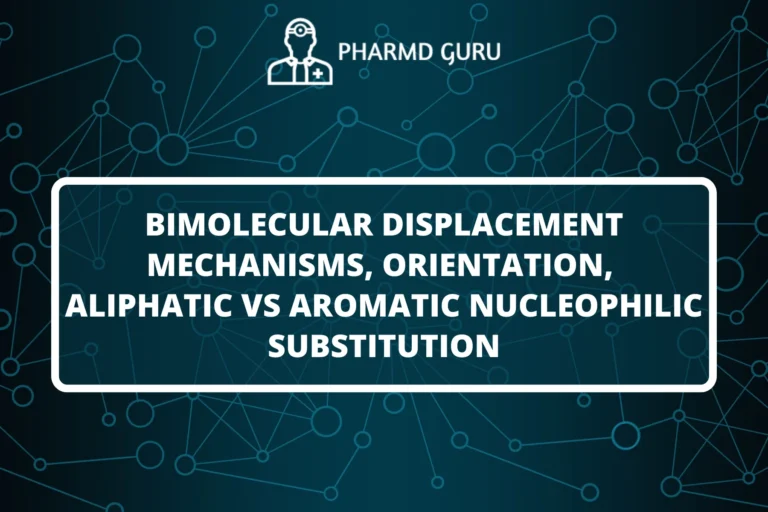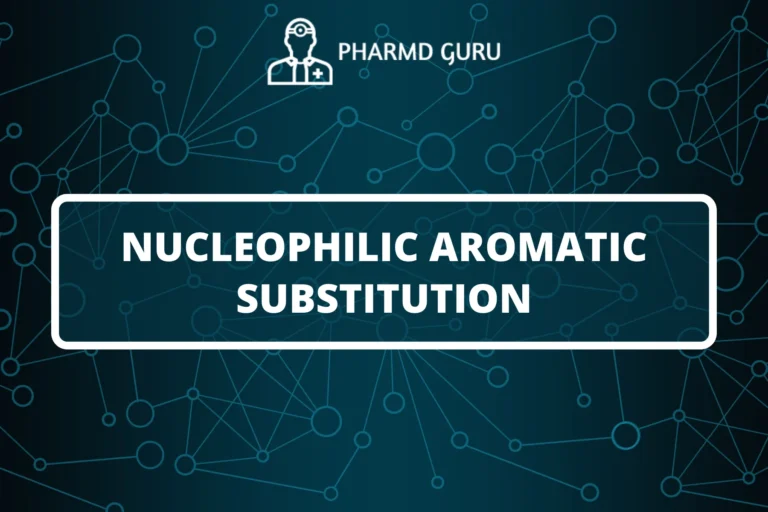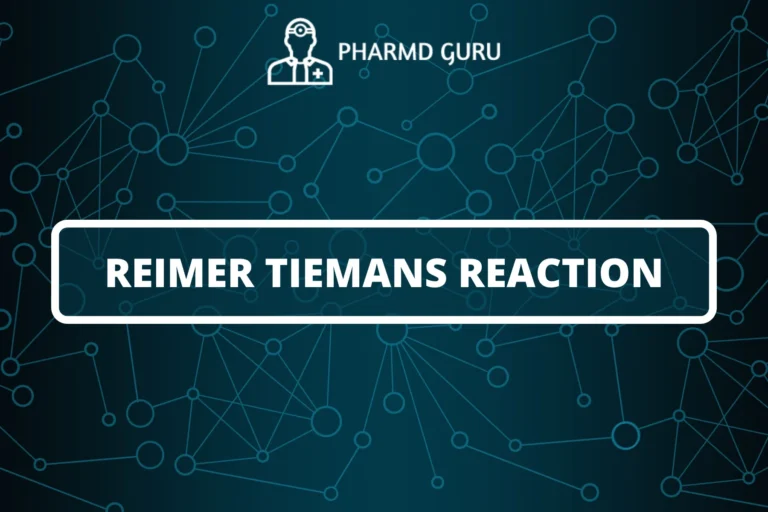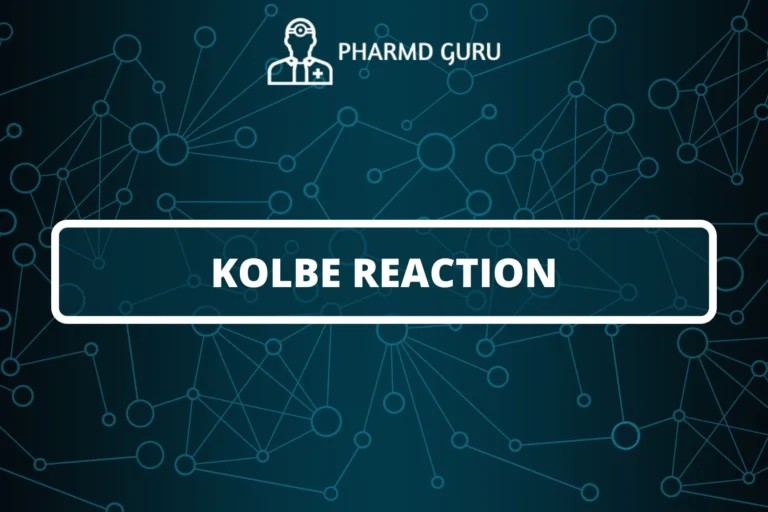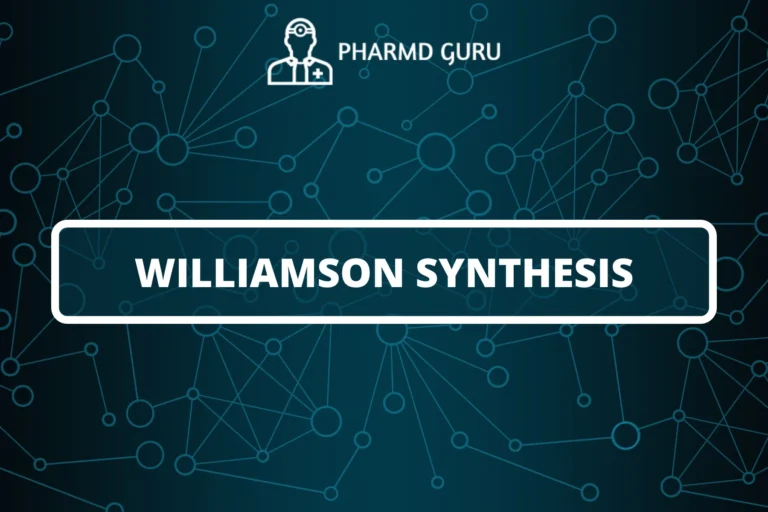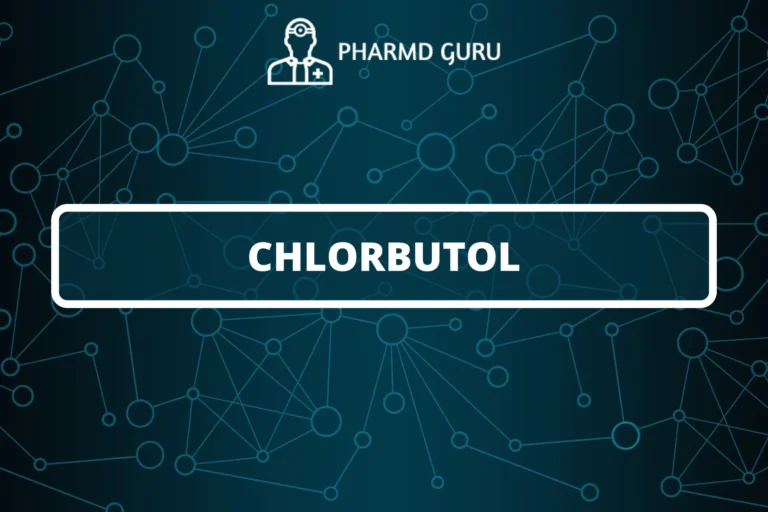
CHLORBUTOL
Chlorbutol is a compound that has been historically used as an antimicrobial and preservative agent in pharmaceutical preparations. It has a wide range of applications, particularly in ophthalmic and otic formulations. Here’s some information on the preparation, test for purity,…

